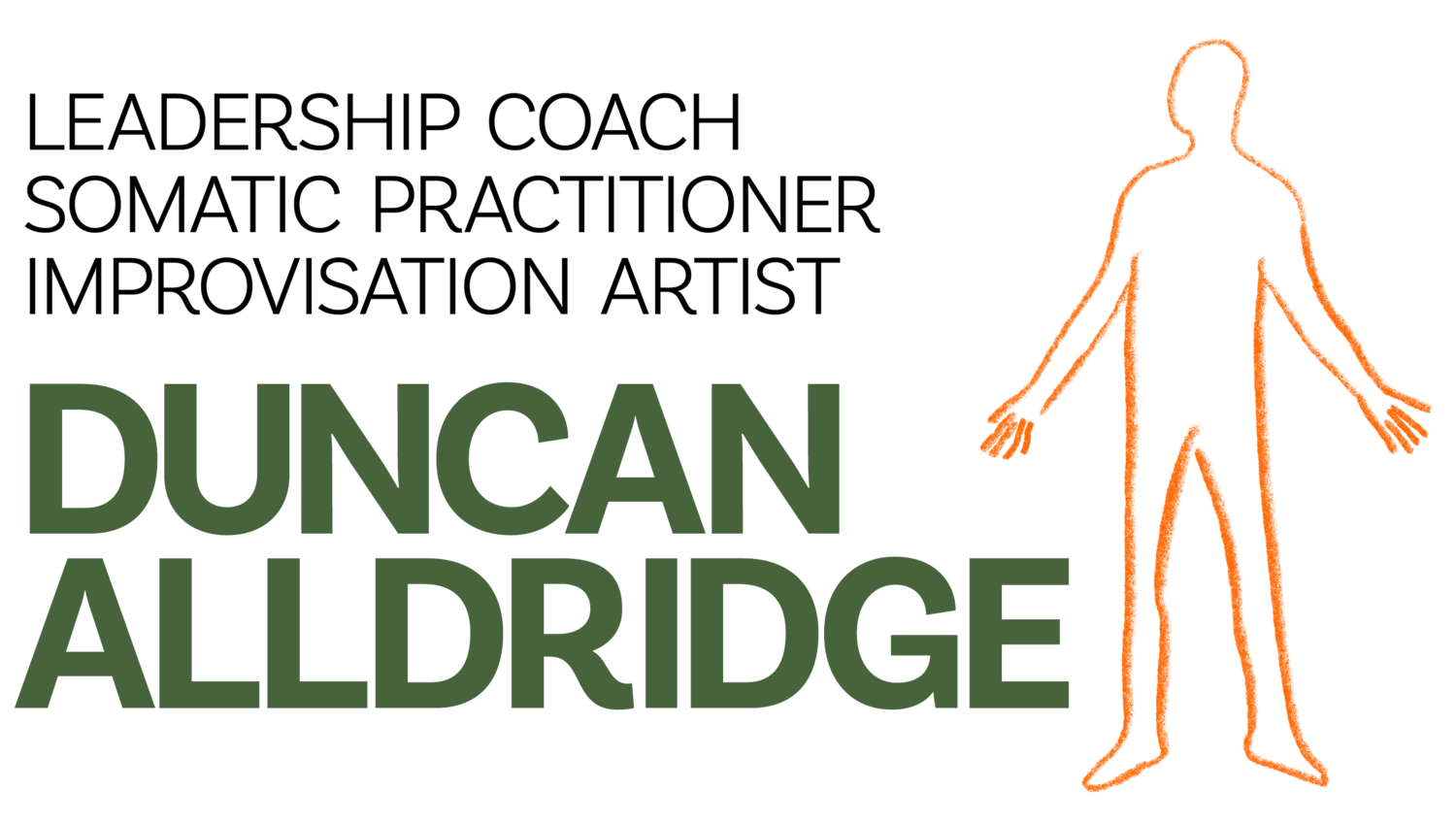
Learning is an adventure. How we learn about learning is changing. It feels good when we go there - together.
You lead a school, college or university. You care about people and you have a vision for your community. You’re running a business. You enjoy seeing your learners and staff team learn and grow.
But do you actually work within a culture of learning?
Is there a collective commitment amongst the leaders in your team for self-improvement?
How are you leading this?
“To succeed in the future we must be learning individuals in learning organizations.”
— Strozzi Institute
You’re growing a leadership team.
You know education is a complex business. You juggle complex needs. Students, staff, governors, parents and community stakeholders compete for your attention. It is a challenge just to meet a few of them, especially when your deputy is on long-term sick leave, the Head of Governors doesn’t see eye to eye, or a group of parents claim to know more about classroom management than your most experienced teacher.
What you long for, is for everyone to meet together on the page of learning and adventure. And you want to inspire that adventure by giving your team meaningful training and development.
Yet are your team invested in learning how to learn?
We know more about how humans learn now than we ever did. The flood of neuroscientific research now available on the mind body connection shows us how much of our behaviour is actually embodied, and challenges the traditional rationalistic view of how we learn. In the domain of leadership this has profound implications, especially considering how we may have traditionally trained and developed our leaders.
Imagine what would be possible for your school and community if your leadership team were able to create sustained shifts in their behaviour?
If we define learning as ‘the ability to take actions that were previously unavailable to us’ (Strozzi Institute), and we accept that with all best intentions most of us are held back by our fixed survival patterns, what does this say about the need for behaviour change, and also of living our adventure of learning together?
To move towards a vision, and to equip our teams with the leadership capacities to get there, calls for a change in how we develop ourselves.
This change from from here to there requires us to get in touch with what is happening in our bodies.
“Education is what remains after one has forgotten what one has learned in school.”
— Albert Einstein
For me, Einstein intuited something important about how we learn. What remains for Einstein is what’s embodied. And by what’s embodied we can say - the behaviour that shows up consistently when we are under pressure.
We are historical beings of adaptation. When early needs weren’t met, when we needed to feel connection, dignity or safety and our bodies didn’t receive it, we adapted to survive. These unconscious adaptations will be the human being we are today, that is, unless we commit to, and practice change. These survival patterns are unconscious and often deeply entrenched. Working (somatically) with the whole body allows us to understand how we can learn to use the information our body gives us. When we learn to embody a new behaviour, then what we care about becomes more possible. We have a toolkit to move towards the vision of a better future.
“We are what we repeatedly do. Excellence, then, is not an act, but a habit.”
— Will Durant
During my career in education, my overriding experience of staff training was to be gathered in a classroom or hall, watch a slideshow and be spoken to about it.
Would your offer your students this learning experience?
Some staff gave clever, politicised comments back. I exaggerate a little. Yet it was often ‘us and them’. Sometimes staff would reluctantly stand when invited by the visiting speaker, do an ice-breaker and discuss something. We’d fill out personality scores like Myers Briggs. Sometimes the leadership would hire experts to come in and talk to us. We’d discuss it and some people would talk for ages.
Then we all went back into our classrooms and meetings and behaved in exactly the same way.
How we lacked imagination.
I worked with many well intentioned, talented professionals, yet many of the management who led us had little real idea about how to put into action what they wanted. They were skilled at structures, meeting inspection criteria and putting in place management systems, yet they were often not personally invested in a culture of learning themselves. So we kept on doing the same old training days. Very little was learned. Despite best intentions, most management leads with its historical tendency. Because of this, many staff rooms were ultimately cultures of resignation rather than places of aliveness and learning. The spaces that were alive, were those where we practised our specialisms as individuals.
“Live as if you were to die tomorrow, learn as if you were to live forever .”
— Mahatma Gandhi
“Learning happens in our bodies.”
— Quote Source
IAs a somatic coach I
